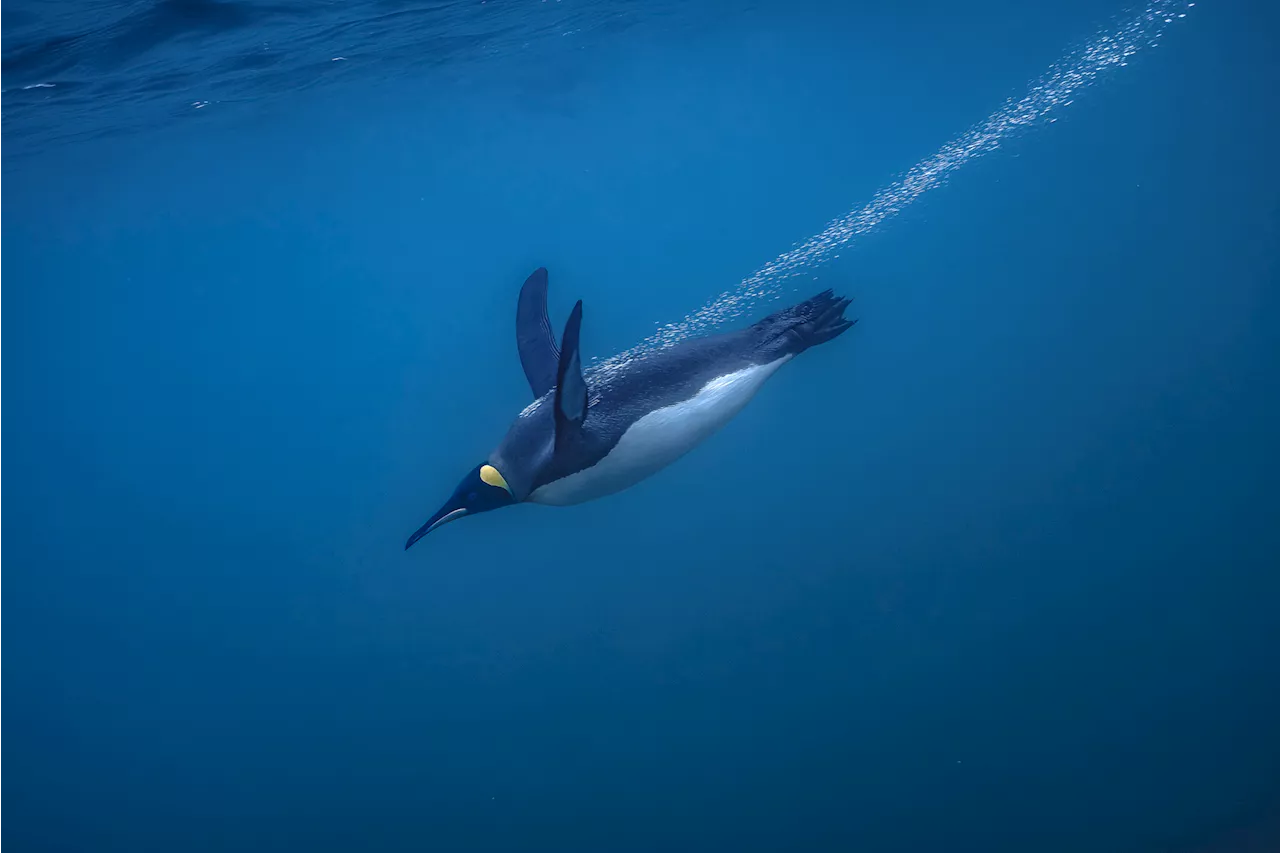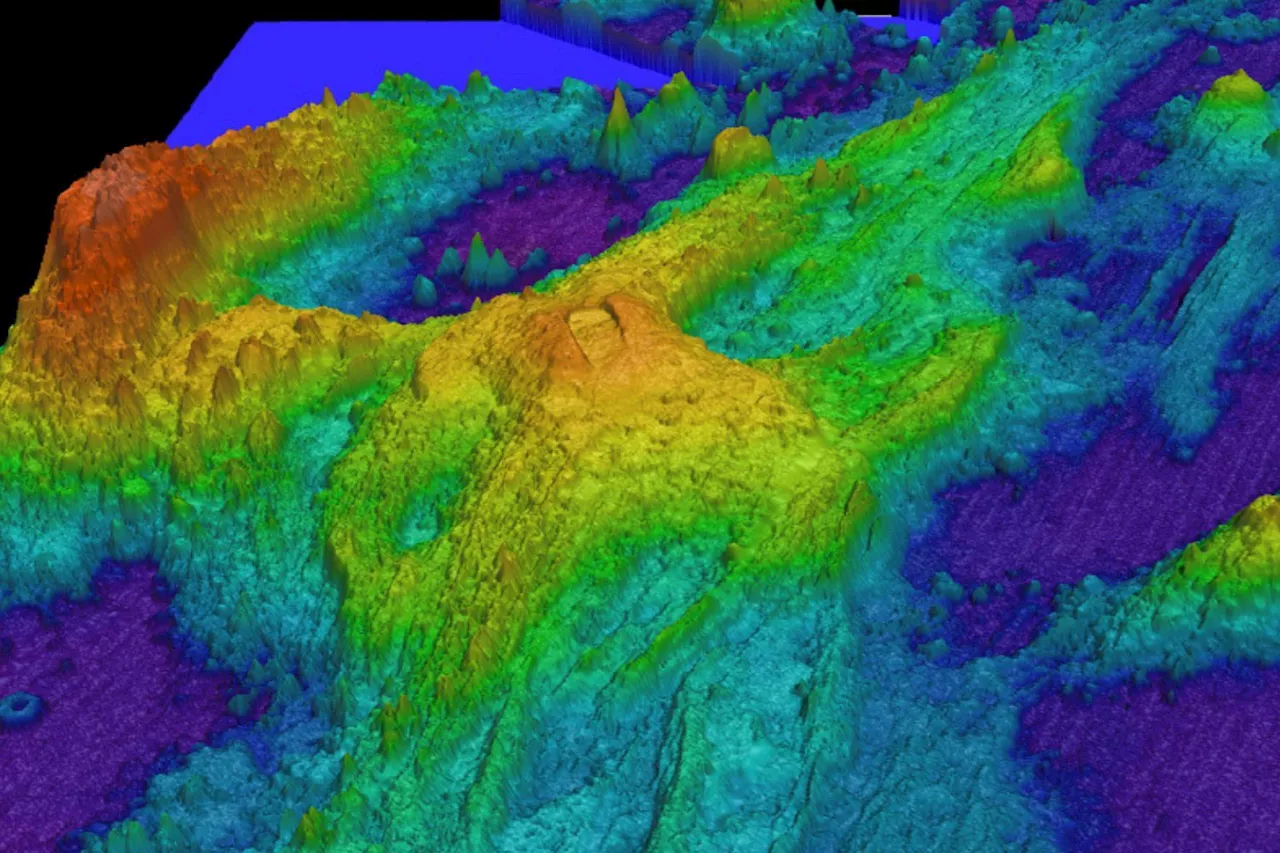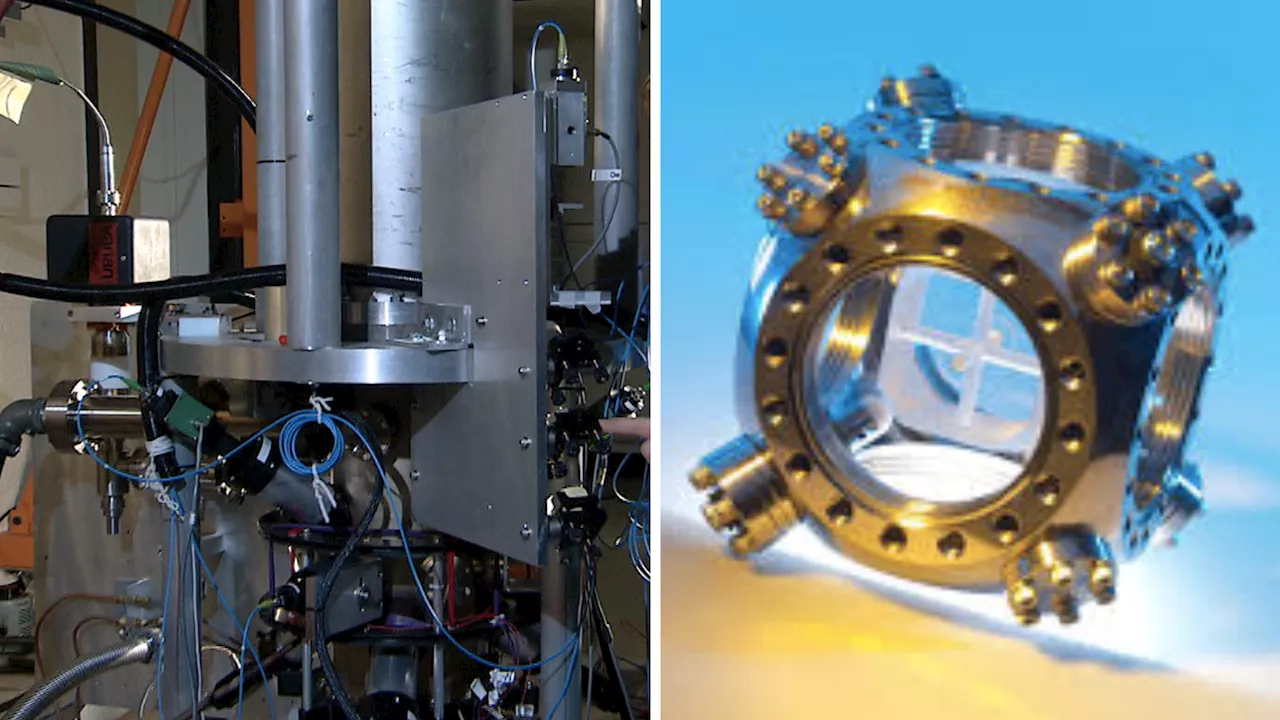Chinese researchers have made a breakthrough in underwater detection technology by developing a new sensor capable of detecting aircraft from miles away. This innovative technology, which utilizes a specially designed acoustic sensor array, could significantly enhance the capabilities of the People's Liberation Army navy, particularly its submarine fleet.
Chinese researchers have allegedly developed and tested a new underwater sensor capable of detecting aircraft from miles away. If reports are true, this new technology could be a valuable asset for the People’s Liberation Army navy, especially its submarine fleet. According to reports, the new radar consists of a specially designed acoustic sensor array that can be deployed at depths of 3,280 feet (1,000 meters).
When tested, these sensors could detect and track incoming aircraft at altitudes of 5,000 meters. Such technology could help dramatically improve the survivability of submarines when facing anti-submarine aircraft. These aircraft often have cutting-edge sensors to detect submerged submarines, run them down, and eliminate them with torpedoes or depth charges. Submarine acoustic sensors could help submarines detect incoming threats, perhaps even allowing them to turn the tables and fire sea-to-air missiles to neutralize such threats. However, such technology has long been considered impractical as sound waves tend to reflect off the sea surface with only a tiny fraction penetrating the water column. Helping submarines fight back But the problems don’t end there. Even if soundwaves can travel through water, they often become distorted as they pass through layers of water, especially when there are temperature, density, and salinity changes, not to mention ocean currents and eddies. However, the South China Morning Post (SCMP) reports that Chinese scientists have overcome these challenges after decades of research and development. The new sensor array has proven reliable for detecting low-altitude flying targets when deployed in shallow waters. Despite this impressive feat, the team found that using this technology, deep water deployment or high-altitude target detecting is still impossible. Before development, the Chinese Academy of Sciences’ Institute of Acoustics team believed that some of the soundwaves generated by low-flying aircraft would hit the seabed, reflect to the sea surface, and then bounce back again. This, they believed, could even travel relatively long distances. If these signals could be captured, they could be used to work out the speed and heading of aerial targets. It was a simple idea on paper that proved very challenging to achieve. More work needs to be done According to the SCMP, testing of the technology showed that false signals were a common issue, which would dramatically reduce its utility. However, extensive testing and refinement finally paid off in 2022. This test detected aircraft that came within 10.5 miles (17km) of the deep-sea radar; the detector obtained an estimated target position within seconds, with a margin of error of less than 0.6 miles (1km). Not unveiled until now, this top-secret technology was finally published in a peer-reviewed paper in the Chinese academic journal Acta Acustica this month. Despite the successes, the team does point out that it has some severe shortfalls, such as its relatively short detection range of less than 12.4 miles (20 km). The technology is also unable to detect aircraft flying directly overhead. The team is currently working on overcoming these issues, but no up-to-date information was disclosed in the paper
UNDERWATER SENSOR DETECTION TECHNOLOGY AIRCRAFT DETECTION SUBMARINE SURVIVABILITY CHINESE MILITARY
United States Latest News, United States Headlines
Similar News:You can also read news stories similar to this one that we have collected from other news sources.
 Penguins Fly Underwater, Whales Embrace Freedom: A Look at the Ocean Art Underwater Photo Contest WinnersA selection of award-winning photographs from the 13th Annual Ocean Art Underwater Photo Contest, showcasing the beauty and wonder of the underwater world.
Penguins Fly Underwater, Whales Embrace Freedom: A Look at the Ocean Art Underwater Photo Contest WinnersA selection of award-winning photographs from the 13th Annual Ocean Art Underwater Photo Contest, showcasing the beauty and wonder of the underwater world.
Read more »
 Underwater Volcano Off Oregon Will Erupt This Year, Scientists PredictThe Axial Seamount is gonna blow, scientists say. The only question is when.
Underwater Volcano Off Oregon Will Erupt This Year, Scientists PredictThe Axial Seamount is gonna blow, scientists say. The only question is when.
Read more »
 Scientists Develop Precise Method to Study Plasmonic WavesA new study combines time-resolved electron microscopy and multi-polarization lasers to create a highly accurate method for analyzing plasmonic waves, offering insights into their behavior and potential applications.
Scientists Develop Precise Method to Study Plasmonic WavesA new study combines time-resolved electron microscopy and multi-polarization lasers to create a highly accurate method for analyzing plasmonic waves, offering insights into their behavior and potential applications.
Read more »
 Scientists Develop Groundbreaking Device for Water Desalination Using Solar Power and Recycled TiresA new invention from Dalhousie University could provide a sustainable solution to global water scarcity.
Scientists Develop Groundbreaking Device for Water Desalination Using Solar Power and Recycled TiresA new invention from Dalhousie University could provide a sustainable solution to global water scarcity.
Read more »
 Scientists Develop Wearable Devices for Rich Tactile SensationsResearchers at MPI-IS have created CUTE wearable devices that can produce a wide range of tactile sensations, going beyond simple vibrations. These devices have the potential to revolutionize how we interact with technology in fields like assistive technologies, VR, and more.
Scientists Develop Wearable Devices for Rich Tactile SensationsResearchers at MPI-IS have created CUTE wearable devices that can produce a wide range of tactile sensations, going beyond simple vibrations. These devices have the potential to revolutionize how we interact with technology in fields like assistive technologies, VR, and more.
Read more »
 Scientists Develop More Efficient Nuclear Clock Using Thin FilmsResearchers in the US have made a breakthrough in nuclear clock development by utilizing physical vapor deposition (PVD) of thorium-229 to create thin films. This method reduces the amount of expensive and radioactive thorium-229 needed, making the clock more cost-effective and less radioactive. Nuclear clocks, which utilize energy transitions in the atom's nucleus, offer the potential for ultra-precise timekeeping, surpassing optical atomic clocks. This advancement paves the way for more practical and accessible nuclear clocks.
Scientists Develop More Efficient Nuclear Clock Using Thin FilmsResearchers in the US have made a breakthrough in nuclear clock development by utilizing physical vapor deposition (PVD) of thorium-229 to create thin films. This method reduces the amount of expensive and radioactive thorium-229 needed, making the clock more cost-effective and less radioactive. Nuclear clocks, which utilize energy transitions in the atom's nucleus, offer the potential for ultra-precise timekeeping, surpassing optical atomic clocks. This advancement paves the way for more practical and accessible nuclear clocks.
Read more »
